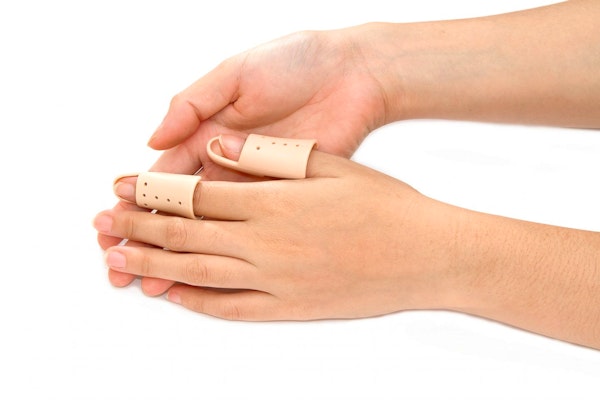Trigger finger is a condition in which a finger gets stuck in a bent position when gripping or making a fist and then snaps straight when the finger is extended. This can happen in one or multiple fingers.
Trigger fingers are caused when the lining around the tendon, the tenosynovium, in the affected finger becomes inflamed. This causes the tendon to thicken and swell creating a nodule or bump on the tendon. When this occurs it makes it difficult for the tendon to slide through a series of tunnels or pulleys in the hand and finger. Women, people with diabetes or arthritis, some rheumatological conditions and people whose regular activities involve forceful gripping, squeezing or strain to their hands are more at risk for this condition. However, it can occur in anyone and occasionally babies are born with this condition in their thumbs.
Symptoms include stiffness, a popping or clicking sensation, often felt in the middle knuckle of the finger rather than in the palm where the problem resides, and tenderness in the affected finger or hand below the triggering finger. Triggering often occurs during the night causing people to wake up with their finger in a flexed or locked position and their symptoms are usually worse in the morning.
Treatment includes modifying activities to reduce the triggering and therapy, including splinting which has shown up to 87% effectiveness in reducing symptoms and avoiding injections or surgery. Splinting helps by preventing triggering and resting the involved finger and tendon allowing the inflammation to decrease and the tendon nodule to shrink. Manual therapy can also be beneficial. Cortisone injections and surgery are also options in more severe cases or if the condition does not respond to more conservative treatment.

